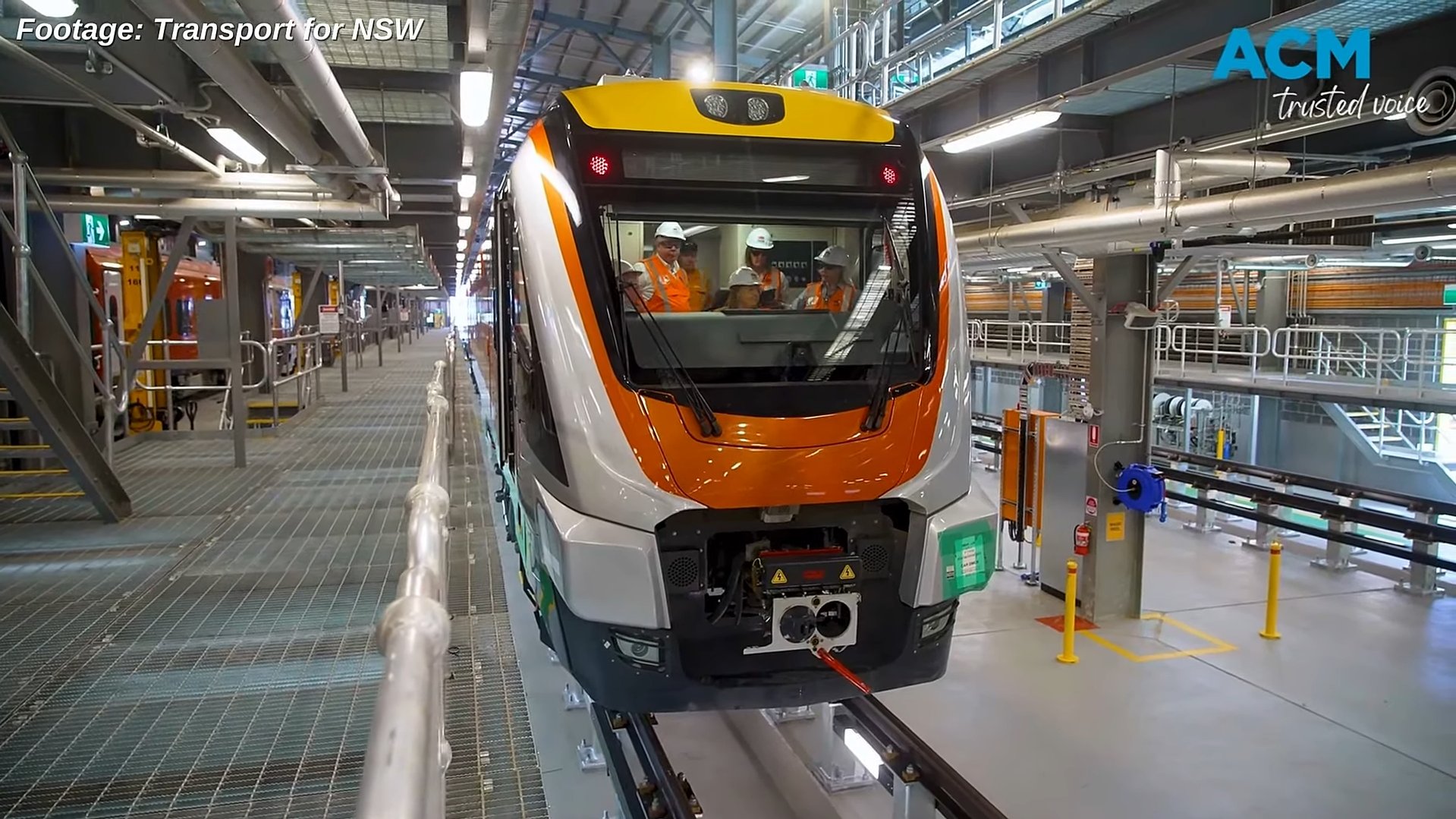The permanent withdrawal of sleeper carriages on Sydney-Melbourne trains may be averted after new rolling stock enters service, thanks to the increasing popularity of intercity rail.
New Spanish-built trains ordered by the previous Coalition government were initially meant to enter service in January 2023, but are now not expected to be running before April 2026. As yet, there is no firm arrival date.
The new trains have reclining seats but no sleeper carriages.
But the New South Wales regional transport minister, Jenny Aitchison, told Guardian Australia the government was keeping an open mind when asked if the existing XPT sleepers could be refurbished and added to train sets after the new rolling stock arrived, or whether surplus stock could be used to run more scheduled services on popular routes.
“We’re looking at all options for what we do with the existing fleet,” she said, but a decision could be made only once the new trains arrived and authorities had a chance to assess the state of the old sets.
The government will wait to see if the reclining seats on the new trains prove more popular with travellers than sleeper carriages, which have only a handful of berths per service.
“So it is a bit more agnostic until we actually see what it looks like,” Aitchison said.
“Everything is on the table of looking at what is the best option,” she said. “Some of those trains, they have been well maintained and so is there an opportunity to make them better?”
The new trains will also have wifi and charging points.
There is no modern connectivity on the XPT fleet, which since the 1980s has been servicing long-distance trips from Sydney such as the twice-daily almost 11-hour journey to Melbourne.
The windows on the older carriages even weaken mobile phone reception.

Demand on the Sydney-Melbourne route has been so high that the state operator has frequently been adding extra carriages to the twice-daily run.
Patronage on the trip – which costs $78 for an adult economy ticket if booked five days in advance outside holiday periods, and $234 for sleeper berths – grew 47% in 2023, and is now higher than before the pandemic.
Average monthly patronage figures before December – traditionally one of the busiest months – were 31,000.
For every 20 air passengers between Sydney and Melbourne in 2023, one person caught the train service, at least for part of the journey.
Early last year, when domestic airfares were at record highs, train patronage was 7% of air trips on what was the fifth busiest air route in the world.
Strong night train ridership drove much of the growth on the Sydney-Melbourne route, with monthly patronage on these services having jumped by about 3,000 on average between 2013 and 2023.
Aitchison, who used to book Australian long-distance train travel in her former career as a tour planner, said the overnight train was appealing to travellers who wanted to save on a night’s accommodation.

Baby boomers had become particularly fond of the service, but there had also been a rise in full fare-paying passengers, bucking an assumption the train mostly served concessions.
“For that older demographic, they really love the fact [that] if they want to go to the bathroom, they want to get up and go for a walk, [if] they want to go and get some food [they can],” Aitchison said. “They’re not under the control of the driver.”
One obvious drawback of the train is that just two services a day run in each direction, and the trip takes longer than in a car.
Unlike many electrified intercity services overseas, Australia’s intercity trains still run on diesel, and the lack of significant upgrades to track built more than 100 years ago mean services rarely reach the notional top speed of 160km/h. Even the new fleet of trains will not see a reduction in travel time without investment in improving the track.
Track upgrades and potential deviations to speed up interstate routes would require cooperation with the commonwealth and its Australian Rail Track Corporation (ARTC), the national body that runs much of the nation’s track, including the Sydney-Melbourne line.
Aitchison said there was an argument for the federal government to contribute more funding for NSW operations, given they served multiple other states and territories.
She said NSW also had the responsibility of fostering Australia’s culture of long-distance travel until the commonwealth delivered its High Speed Rail Project – the first section of which is set for Sydney-Newcastle – in coming decades.
“If you just went to the … gold-plated very fast train … and you’ve actually got no patronage built because people aren’t using … what we’ve got, then [high-speed rail] does become a bit of pie in the sky.”
Aitchison stressed that the NSW government was open to hearing from rail experts and the public about track upgrades and other methods to improve services in regional areas, and urged submissions as part of the government’s strategic regional integrated transport planning process.
“We’re trying to shift that consultation mode … people who are motivated to tell us things, we just have to hear them much better,” Aitchison said.
The Guardian Australia




One thought on “Sleeper services may return on Sydney-Melbourne route after new trains arrives”